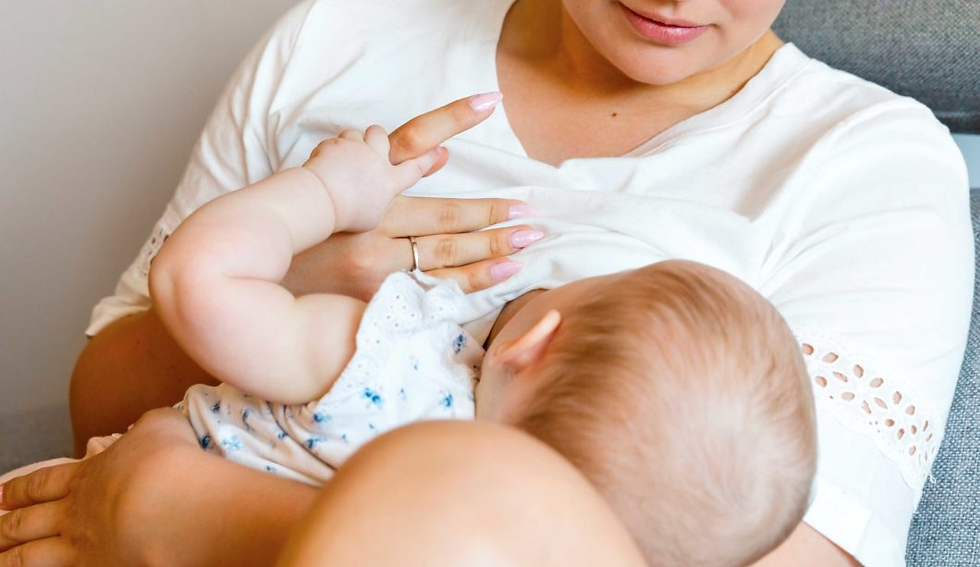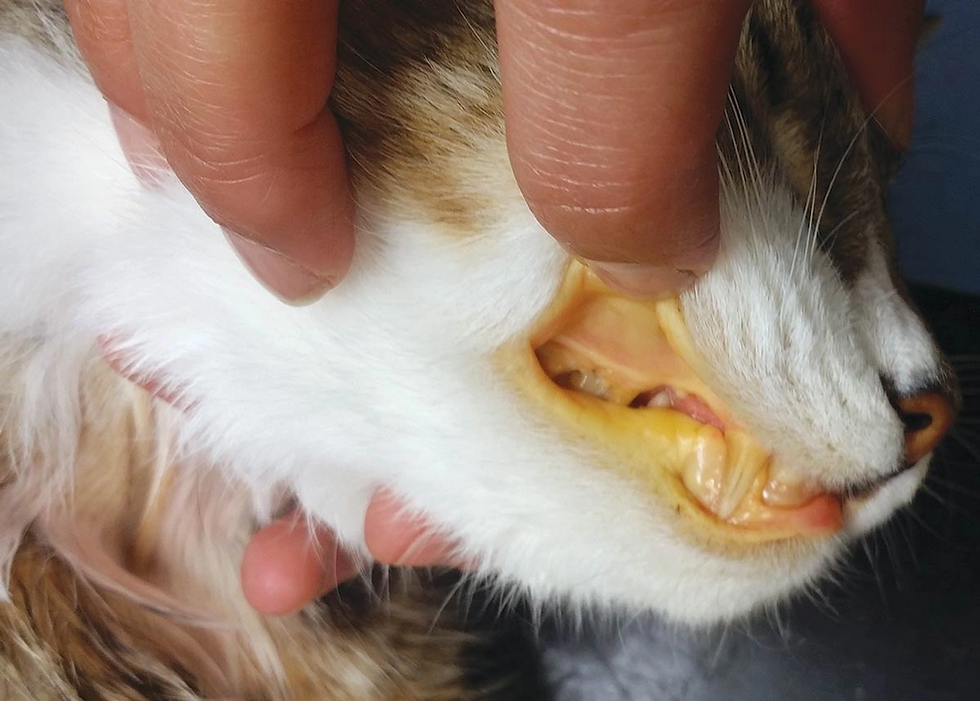Understanding Jaundice in Babies and Cats: Causes, Symptoms & How to Treat It Safely
- Ain W.

- Aug 19
- 3 min read
Table of Contents
Introduction
Yellowing of the skin or eyes is a common warning sign known as jaundice. While it’s more often associated with newborns, cats can also suffer from jaundice, and both cases require different types of care. In Malaysia, early detection and proper treatment are key to ensuring recovery and preventing complications.

What is Jaundice?
Excess bilirubin in the blood: Bilirubin is a yellow pigment produced when red blood cells break down. If the liver can't process it properly, it builds up.
Visible signs: Leads to yellowing of skin, eyes, and sometimes urine or gums.
Not a disease itself: Jaundice is a symptom of a larger issue—usually involving the liver or blood.

Causes of Jaundice in Babies
Physiological Jaundice: Happens in most newborns as their liver is still developing, often harmless and resolves in a few days.
Breast Milk Jaundice: Caused by substances in breast milk that affect bilirubin breakdown. It’s typically mild and temporary.
Blood Group Incompatibility: If baby and mother’s blood types are incompatible, it can cause faster red blood cell breakdown.
Liver Disorders or Infections: Less common, but serious if present—requires urgent medical attention.

Causes of Jaundice in Cats
Liver Disease: Conditions like hepatitis or fatty liver impair liver function and bilirubin processing.
Hemolysis: Abnormal breakdown of red blood cells, often due to infections or immune issues.
Blocked Bile Ducts: Can happen due to inflammation, infections, or tumors, preventing bilirubin from being eliminated.
Toxins or Medications: Some household plants, chemicals, or human medications can harm a cat’s liver.
Symptoms to Watch For
In Babies:
Yellowing of skin and eyes: Typically starts from the face and spreads downward.
Poor feeding: Baby may be too sleepy or weak to feed well.
Lethargy or excessive sleepiness: More than normal newborn sleep patterns.
Dark yellow urine or pale stools: Signs the liver isn’t processing waste properly.
In Cats:
Yellow gums, ears, or eyes: Visible changes in mucous membranes.
Loss of appetite: May refuse food completely.
Vomiting or diarrhea: Indication of internal illness.
Hiding or unusual lethargy: Behavioural change that indicates discomfort.
Weight loss: Often rapid and noticeable.
Safe Treatments for Babies
Phototherapy: Uses blue light to break down bilirubin into a form that can be passed out via urine or stool.
Frequent Feeding: Helps push bilirubin out of the baby’s system naturally.
Hospital Monitoring: Necessary if bilirubin levels are too high or rising rapidly.
Sunlight Exposure: Indirect sunlight under supervision can help mild jaundice, but avoid direct sun to prevent burns.

Safe Treatments for Cats
Veterinary Diagnosis: Blood work and imaging are crucial to understand the root cause of jaundice.
IV Fluids & Medications: Help flush toxins and support liver recovery, depending on diagnosis.
Nutritional Support: Special diets tailored for liver health are often recommended.
Hospitalisation: In severe cases, supportive care is necessary until the cat stabilises.

Did You Know?
In Malaysia, up to 60% of newborns experience some level of jaundice within the first week. Most recover quickly with proper care, but ignoring symptoms can lead to brain damage (kernicterus), which is preventable with timely treatment.
Conclusion
Jaundice is a visible warning sign that should never be ignored—whether it appears in a baby or a cat. Understanding the causes and seeking timely treatment can make all the difference. In Malaysia’s climate and healthcare setting, both early detection and professional advice are crucial for safe recovery.
Worried about jaundice symptoms? 👶🐱 Contact your nearest clinic or 📲 WhatsApp our health team now for fast guidance! Book A Consultation Today
FAQs
1. How long does jaundice last in newborns?
Usually clears up within 1–2 weeks, but medical checks are essential.
2. Is jaundice in cats contagious?
No, but it can indicate serious health problems needing urgent care.
3. Can I treat baby jaundice at home?
Mild cases may improve with feeding and sunlight, but doctor supervision is necessary.
4. What food helps with jaundice recovery in cats?
A vet may suggest liver-support diets—avoid giving food without guidance.
5. Should I be worried if my cat has yellow eyes?
Yes. Yellow eyes are a sign of jaundice—bring your cat to a vet immediately.
.png)







Comments